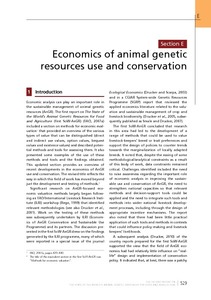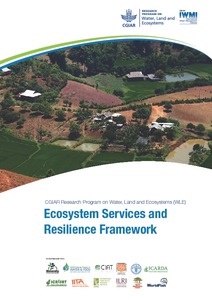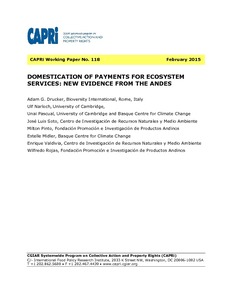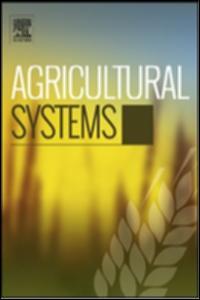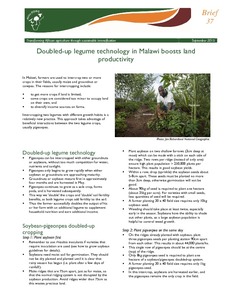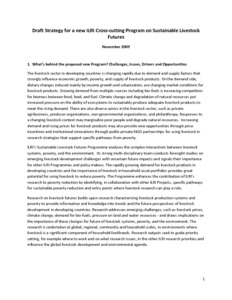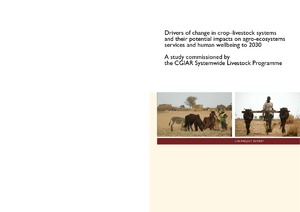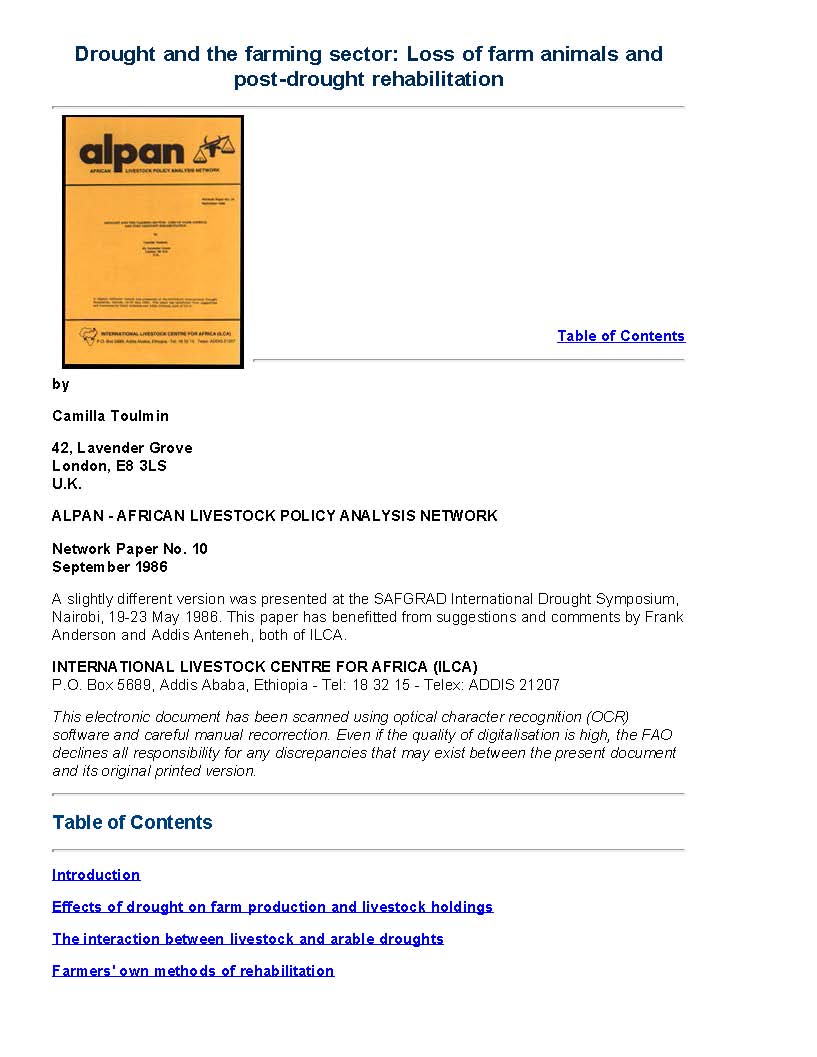Economics of AnGR conservation and sustainable use: Theory, practice and implications
Animal genetic resource (AnGR) diversity contributes in many ways to human survival and well-being.
However, 32% of livestock breeds are threatened. Such an irreversible loss of genetic diversity reduces
opportunities to improve food security, reduce poverty and shift towards sustainable agricultural
practices.
The large number of AnGR at risk in developing countries, together with the limited financial resources
available for conservation, means that economic analysis can play an important role in ensuring an


